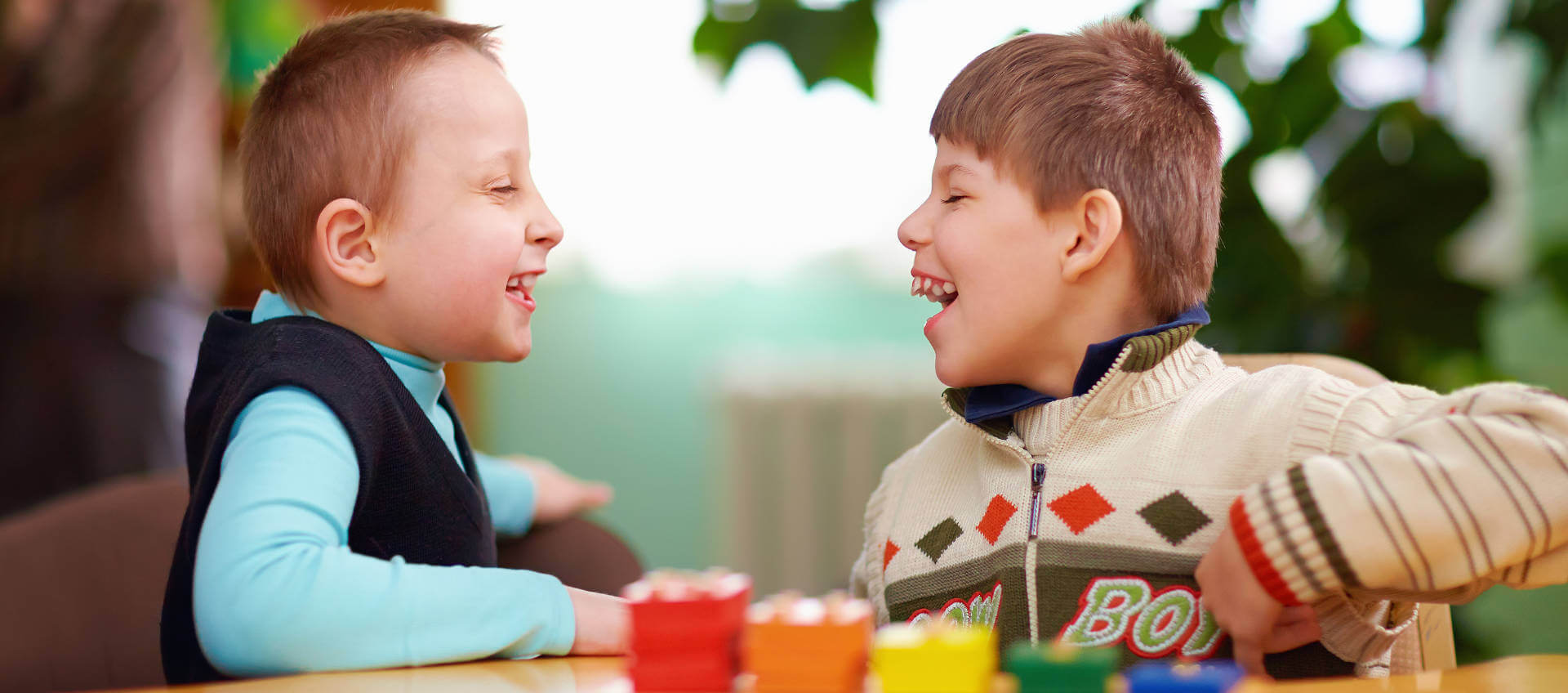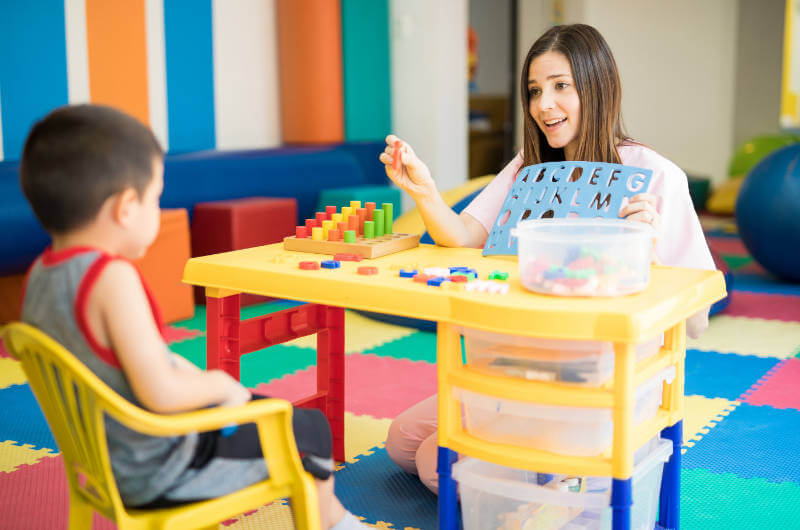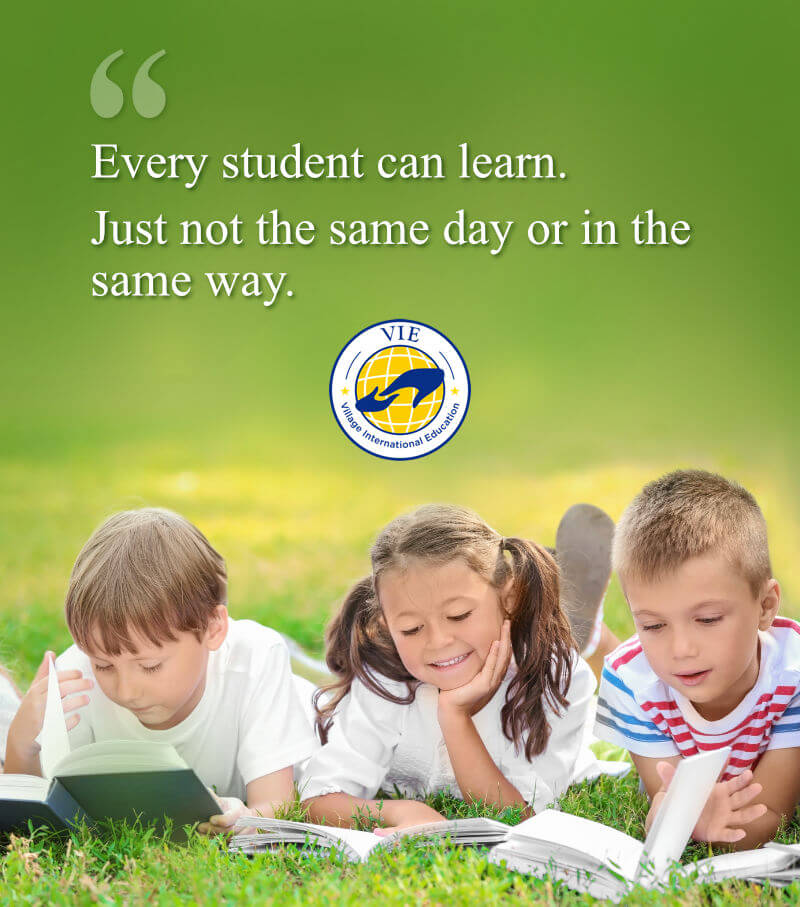As parents or teachers for special children, we’re sure you’ve heard the term Inclusive Classrooms. Different websites have different definitions for the word.
To put it simply, inclusive classrooms are classrooms where everyone fees included. Every student, irrespective of their abilities and skills are welcome.
To help you understand the origin and history of inclusive classrooms, we’ve answered the 5 most commonly asked questions about inclusive classrooms.
What are inclusive classrooms and how did it start?
1800s - The Origin
Before the concept of inclusive classrooms came into existence, the only option for children with disabilities were asylums where they could stay as well as study.
The 1900s
Things seemed to improve in the 1900s as special day schools allowed greater, more localized access and improved services to help those with disabilities.
The 1950s and 60s
As part of the civil rights movement in the 1950s and 60s parents (of children with disabilities) began seeking access to public schooling for their children. The parents then pressurized the courts and legislatures in the hopes of making educational services available to their children.
1975
In 1975 The Education for All Handicapped Children Act gave the children the opportunity to receive a free, appropriate education in the last restrictive movement. It is because of this act that self-contained classroom was available for children.
1986
In 1986 Madeline Will proposed the Regular Education Initiative as she saw the negative effects that occurred from education “pull-out” programmes.
The Regular Education Initiative was an idea of allowing mildly and moderately disabled students in the general education classroom.
1991
In 1991, the All Handicapped Children Act was updated and became the Individuals with Disabilities Education Act also known as IDEA.
Today
Today schools are working toward inclusion programs that allow all types of students to be educated in the same classroom.
2. Is mainstreaming and inclusion the same thing?
We know that mainstreaming and inclusion may be used as synonyms but they are two different programs.
The controversy stems from a difference in understanding why a student with disabilities should join a general education classroom when possible.
‘Mainstreaming’ and ‘Inclusion’ are two different academic programs meant for IEP (Individualized Education Program).
An IEP is a legal document which describes a particular educational program required and designed specifically for a child’s unique requirements and needs.
Children with an IEP attending a regular classroom for their social and academic benefit is known as “mainstreaming”. These (special) students are expected to learn the same material as the rest of the class (with modifications in the course and adjustments in the assessments).
For example, if the class is reading about the states, names and capitals in Bangkok a mainstream child is expected to learn only the names of and capitals of the states where he/she is living. It is expected that the students show improvement in social skills and academic performance.
Inclusion refers to children with an IEP attending a regular classroom for their academic and social benefit. But the material that these children have is different that the rest of the class.
They have their own individualized material and it’s quite okay if they don’t seem to show any improvement in the class.
For example, if the class is reading about Bangkok, their names and capitals, the inclusion child is only expected to learn the name of his/her own capital of the country.
The emphasis here is paid on developing the social skills of the child rather than academics performance.
An Inclusion child may not always be one with disabilities. Students who are performing above their class level also fall under the category of “gifted students”. It may even be students who speak the language in the classroom as their second language.
3. How is Mainstream teaching different from inclusive teaching?
In mainstream teaching, the only students receive is that from the teacher.
For example, if a child is dyslexic and has problems reading and writing, individualized reading sessions are occasionally offered to them. The material they read is simplified and so are their assignments.
In inclusive classrooms students have a team supporting them. The faculties are given tips on how to help the child with special needs.
There are specialists like speech and language therapists or physical therapists who help the teacher understand the needs of the child.
The teacher is also supposed (and advised) to know how to handle technologies and equipment which assist a special needs child.
The schools today are moving towards inclusion rather than homogenious grouping.
4. What are the advantages of Inclusive Classrooms?
An Inclusive classroom entertains all kinds of students, hence the inclusive children are able to form diverse friendships. The parents see a different perspective as the inclusive setting of the classroom is provided.
The child learns about difference and how to get along and accept others. They grow up to be better, well-rounded adults from their diverse experiences as children.
Children come to respect their own individuality and also that of others.
They enhance their emotional quotient while developing patience, tolerance and compassion simultaneously.
Children tend to make friends for life while helping their peers.
The parents' dream of having a typical family life for their child may come true.
The disabled teaching the non-disabled the non-disabled teaching the disabled is a possibility.
5. Are there any disadvantages of Inclusive Classrooms?
The students who are gifted and talented may be at a loss.
Gifted and talented students do not benefit from an inclusive classroom because they are held back by the pace of the curriculum.
Gifted and talented programs utilize large amounts of independent study and curricula that allow for more specialized and challenging assignments which prepare these types of students for bigger and better challenges which is not the case in an inclusive classroom.
There is a concern among the teachers that inclusion causes a monopolization of resources and teacher attention among the Special Education students, which a legitimate and well-founded concern.
Inclusive classrooms are the future of learning for differently abled students.
The evidence seems to suggest that inclusive education and classrooms tend to be beneficial for disabled as well as regular students. With exposure, the teachers, as well as the parents, tend to be more positive. It's a win-win.
At The Village, your child gets all the education and care they need.
Prepare your child for a better future. Ensure academic success and make your child independent. Learn more about Programs, Assessments and Activities at The Village.
For any queries about education and care for your special child, get in touch with us here.
Did you like this blog? Do share it with someone whom you think might benefit from it. Let us know if we missed something in the comment section below.


